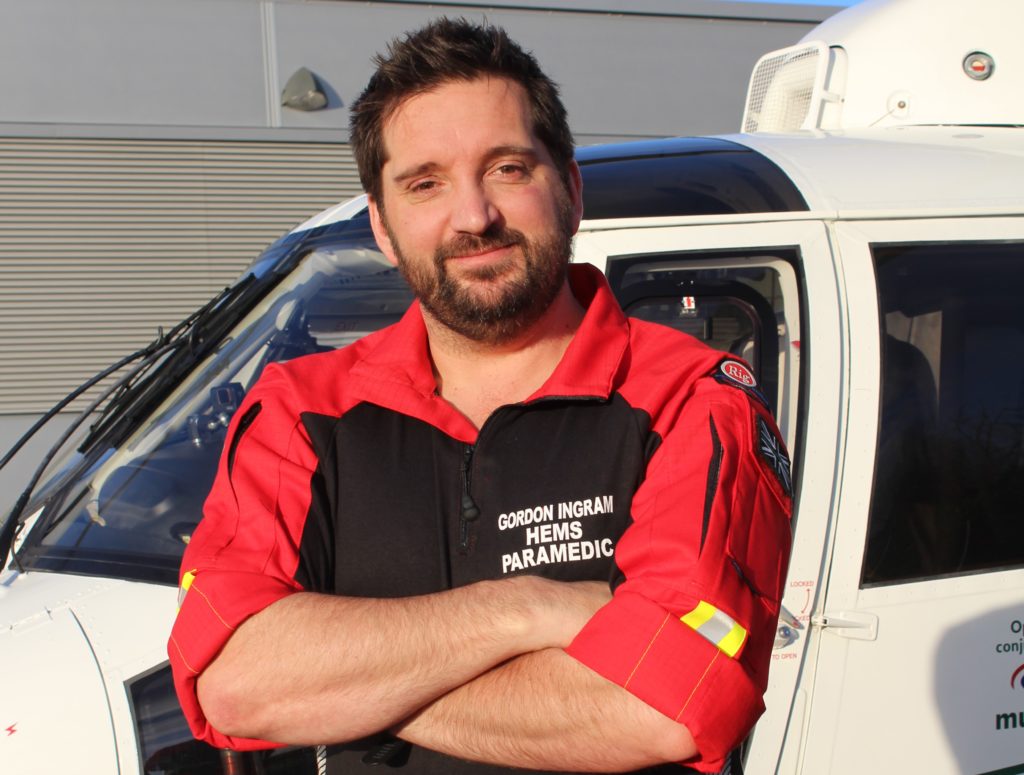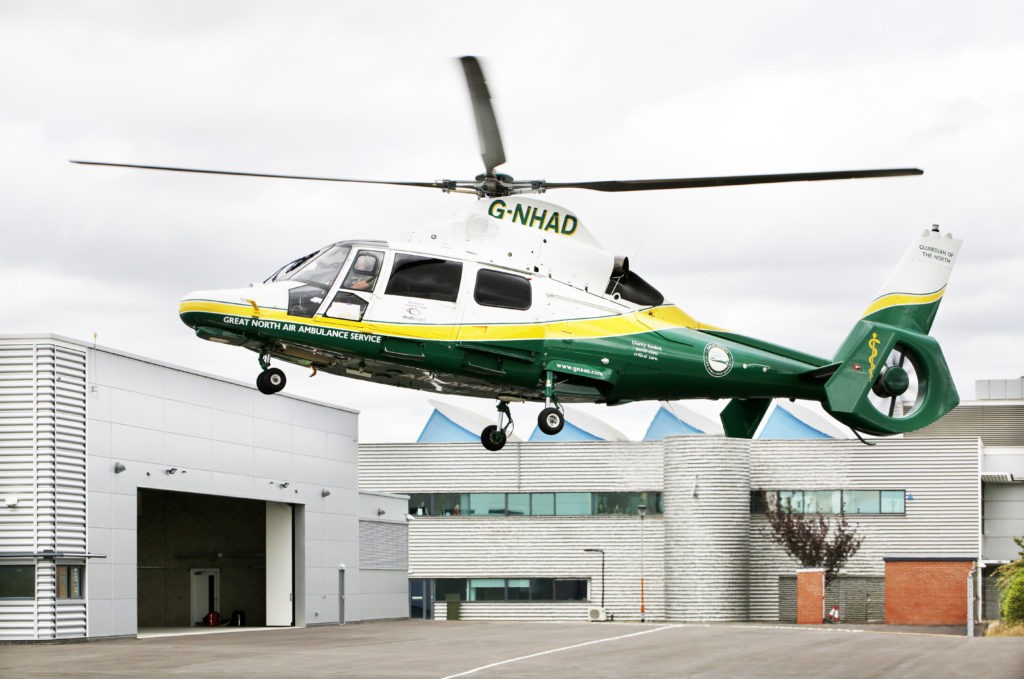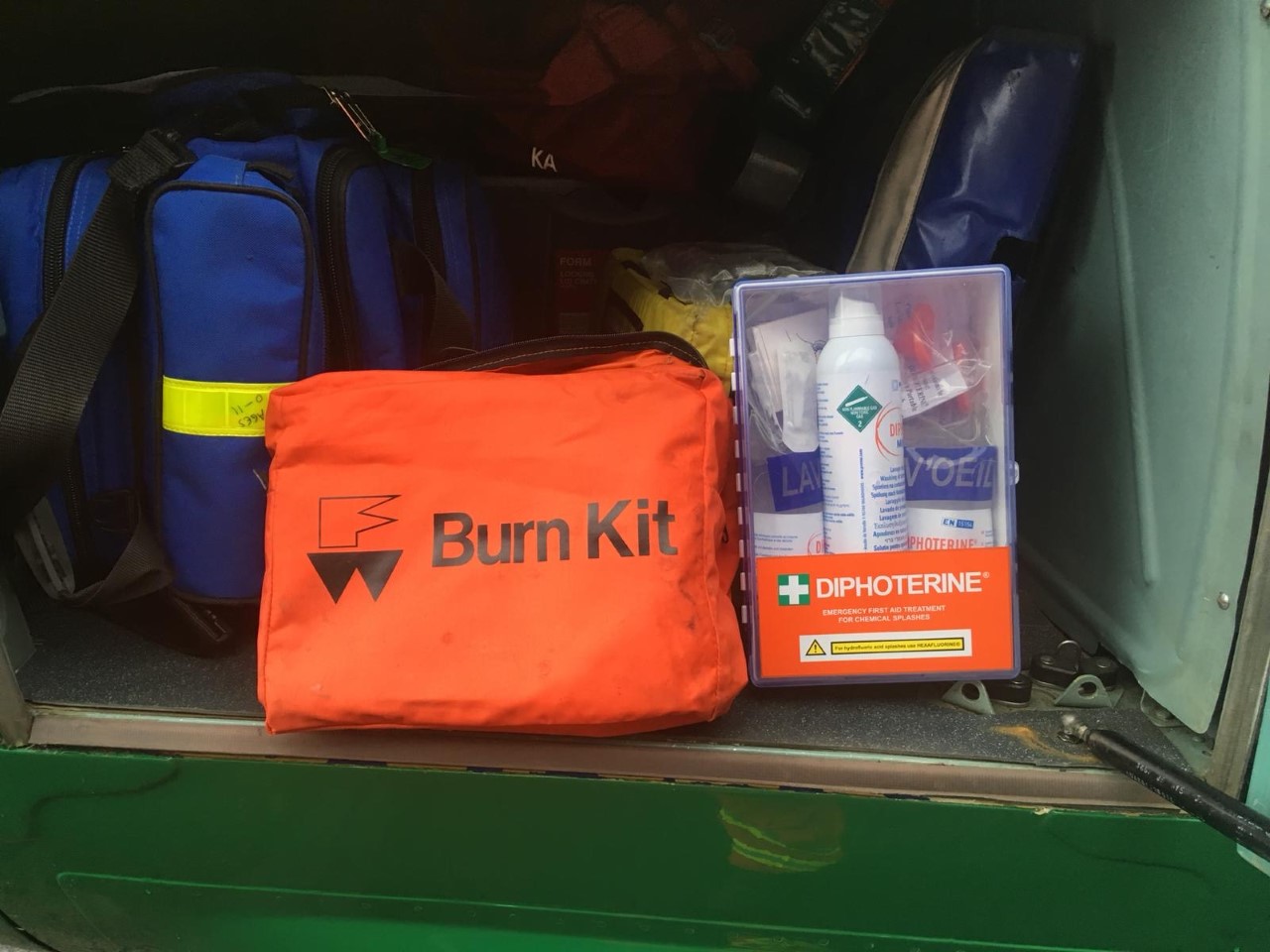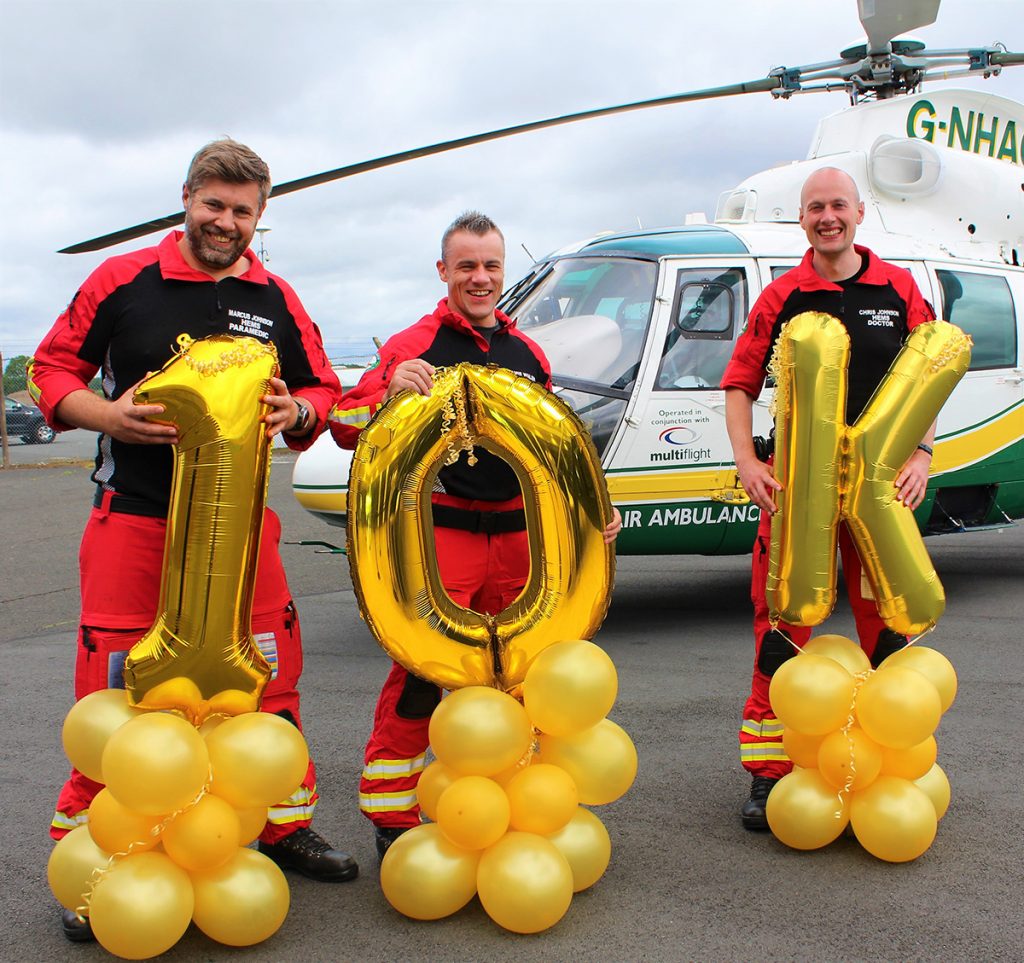This year our critical care team has so far responded to 31 burns-related incidents across the region.
Our marketing intern, Jacob, spoke to Gordon, head of operations for the North East, to find out what the public should do in the event of a burns incident, and the type of treatment our critical care team can provide for burns-related injuries.
With Bonfire Night here, we’ve put together some key info you might need if you find yourself in a tricky situation.
Critical steps whilst awaiting assistance
Early treatment is so beneficial for a burns victim; the main areas of concern are pain relief and infection control.
We’d recommend running cool, clean water on the area for a minimum of 20 minutes, which will help to clean out the wound and reduce the risk of infection.
Another simple way to stop infection is by covering the wound using cling film, something most households have, it also reduces pain because it stops air from rushing over the nerve endings.
Pro tip from Gordon: Lay the cling film on length ways around the limb, do not wrap the cling film around the limb, because the swelling may constrict the limb.


How do we treat a patient?
Immediately, when our team arrive on scene, they’ll check if the basic first aid process has been followed, and if not, they’ll make a start in assessing and treating the wound.
In serious cases, our doctor and paramedic team can give intravenous analgesia to the patient, to administer pain relief, drugs to combat infections, or provide patients with lots of fluids (something which will help with long-tern recovery).
Then, our team may also think about putting the patient in an induced coma (pre-hospital emergency anaesthetic), depending on the severity and area of the burn.
If the area which has been affected includes the mouth or nose, our critical care team then consider proactively take over the patient’s breathing by inserting a tube through their mouth and then down into their trachea (airway/windpipe) and ventilate the patient.
Our ops team is also trained to perform surgical procedures to relieve tight skin restriction around limbs, which can be crucial in saving them.
So if you see our iconic red uniforms on scene, rest assured – our team brings extensive skills and interventions to help achieve the best possible outcome.
In the case of chemical burns, Diphoterine is used, which counteracts the chemical which has caused the burn and neutralises the affect of the acid or alkaline.
The ambulance service do a phenomenal job supporting people in need, but our charity is there to provide those enhanced critical care interventions like anaesthetic and surgical interventions.


Where can we take patients?
We have a range of hospitals in our area, which have specialised burns units and burns centres. Based on the severity of a burn area and percentage of area we would transport the patient to the most appropriate centre aligning with the severity.
The importance of training


Staying safe




